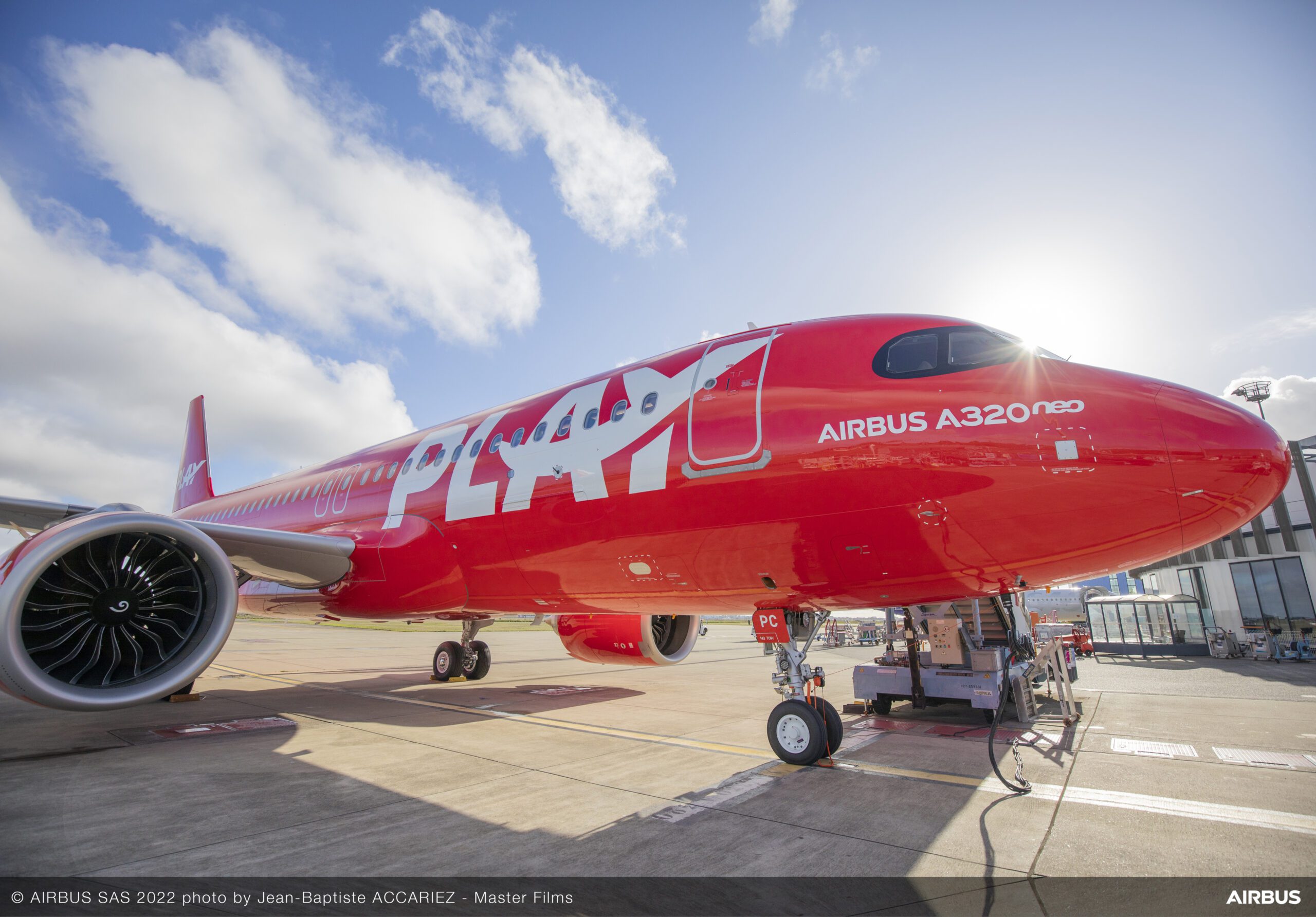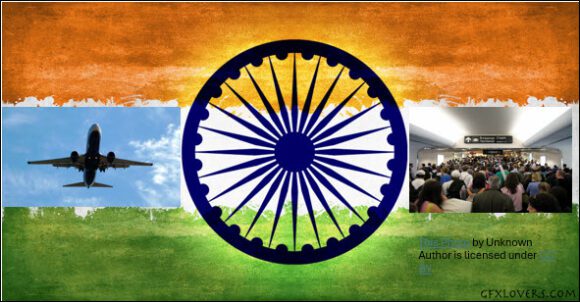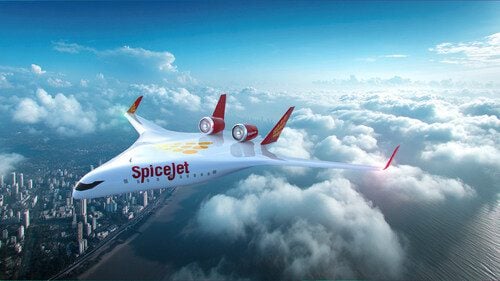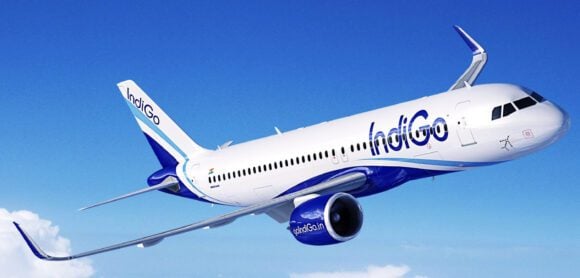
A320neo Play MSN11064 on ground beauty shots scaled
There was WOW, and then there wasn’t. Then there was PLAY, and then there wasn’t.
Iceland has had a rough run with creative startup airlines. Colorful and, dare one say it, playful, Iceland has seen creative attempts to build new airlines.
This outcome has been rough for Airbus, the primary OEM for these two startups. Icelandair is now a customer, but still losing customers is hard.
PLAY’s fleet consists of six A320neo and four A321neo. All are LEAP-powered. The A321s will be snapped up, while the A320s will be acquired more slowly. Fortunately, AerCap has the A321s. Given the demand for aircraft and slow deliveries, the A320s could also find new operators quickly after reconfiguration.
Iceland has a valuable location for connecting the EU and North American markets. Smaller single-aisle aircraft can serve these markets without the range limitations that apply to non-stop service. The problem, though, is that as EU and North American operators add A321LRs and XLRs, non-stop service becomes feasible. Iceland then becomes less attractive unless there’s a significant fare cut. Margins are too thin for this at the low end of the market. WOW and PLAY were both focused as LCCs.
Reports indicate that 400 jobs are now at risk of being lost in Iceland. There were reports of internal discontent among employees, and the airline cited this factor as a contributing factor to the demise.
Here are some thoughts on what happened at PLAY and why Iceland is not as easy a spot to build an LCC these days.
What Failed for PLAY?
Transatlantic (North America) Routes Unprofitable
PLAY entered the U.S./North America market, thinking the “hub-and-spoke” model via Iceland could work, connecting Europe & North America with cheap fares. However, that proved difficult to sustain. Even when flights had high load factors, passenger yield wasn’t enough to cover the higher costs.
High Costs + Seasonal Demand
Fuel & other operating costs rose significantly, which squeezed margins. PLAY’s business model of ultra-low cost meant little buffer for cost shocks. Demand for transatlantic travel is seasonal. Outside peak summer periods, the number of travelers drops, but fixed costs remain. That makes it challenging to carry routes profitably throughout the year.
Aggressive Capacity + Competition
There was increasing competition on North Atlantic routes, both from traditional/full-service carriers and others in the low-cost category, driving fares down. PLAY had lower seat density compared to some competitors, which increased the cost per seat. That means PLAY needed even higher load factors or fares to break even.
Financial Losses and Weak Capital Structure
PLAY incurred significant losses. For example, the operating loss was $35.2 million in 2023. Its stock price has dropped sharply since the IPO, showing weak investor confidence. Due to financial pressures, PLAY had to halt its fleet growth, raise capital, and restructure.
Strategic Overreach / A Business Model That Didn’t Scale
Launching with a strategy that mimicked “low-cost transatlantic hub,” similar to models that had failed (WOW Air). PLAY tried to compete in long-haul (or longish-haul) markets with slim margins. Some planned routes never materialized (e.g., the Orlando route). That suggests issues either in forecasting demand, securing slots, or estimating the cost environment.
Regulatory / Operational Complexity
Maintaining certifications, dealing with different jurisdictions (Icelandic AOC vs Maltese AOC). Changing regulatory regimes/home bases add complexity, cost, and risk. PLAY is changing its AOC (moving more operations under Malta, relinquishing Iceland’s) as part of its restructuring. No wonder employees were unsettled.
Mismatch Between Business Scale and Revenue Base
PLAY’s footprint grew fast, but its revenue base (especially premium revenue streams, connecting traffic, and non-peak demand) did not keep up. Essentially, “point-to-point leisure European routes” were more successful than the connecting/transatlantic ones. However, those were smaller in volume, meaning PLAY still needed the bigger but weaker transatlantic side to cover more of its fixed costs.
Views: 1100




